Boat Engine Exhaust Systems: Maintenance, Troubleshooting, and Upgrades

Your boat's exhaust system plays a crucial role in engine performance, safety, and overall boating enjoyment. While often overlooked until problems arise, understanding how your marine exhaust system works, how to maintain it properly, and how to troubleshoot common issues can prevent costly repairs and potentially dangerous situations. This comprehensive guide will walk you through everything you need to know about boat engine exhaust systems, from basic components to advanced troubleshooting techniques and performance upgrades.
Understanding Marine Exhaust Systems
Before diving into maintenance and troubleshooting, it's important to understand the basic components and principles of marine exhaust systems:
Types of Marine Exhaust Systems
Boat engines use several different types of exhaust systems, depending on the engine type, installation, and vessel design:
Wet Exhaust Systems
- Most common in inboard and stern drive engines
- Uses engine cooling water to cool exhaust gases
- Water is injected into the exhaust stream after the manifold
- Reduces exhaust noise and temperature
- Typically exits through the transom or sides of the hull
Dry Exhaust Systems
- Used primarily in commercial vessels and some larger yachts
- No water injection into exhaust stream
- Requires insulation to manage high temperatures
- Typically routes exhaust gases up and out through stacks
- Louder than wet systems but eliminates water-related issues
Outboard Engine Exhaust
- Integrated into the lower unit of the outboard
- Exhaust gases exit through the propeller hub underwater
- Some exhaust exits through a relief port above the waterline at higher speeds
- Water-cooled through the engine's cooling system
- Designed to minimize back pressure while reducing noise
Jet Drive Exhaust
- Exhaust typically exits through the jet pump nozzle
- Mixes with the jet stream of water
- Water-cooled similar to other marine systems
- Designed to minimize back pressure for performance
Key Components of Marine Exhaust Systems
Regardless of the type, most marine exhaust systems include these essential components:
Exhaust Manifolds
- Collect exhaust gases from all cylinders
- Usually water-jacketed for cooling in marine applications
- Typically made of cast iron or stainless steel
- Critical component that often experiences corrosion issues
- May include integrated exhaust elbows in some designs

Exhaust Risers (Elbows)
- Connect manifold to the rest of the exhaust system
- Create a rise to prevent water backflow into the engine
- Typically where cooling water is first injected into exhaust
- Often the first component to fail due to heat and corrosion
- Available in various designs based on engine and boat configuration
Water Injection Points
- Locations where cooling water enters the exhaust stream
- Primary injection typically at the riser/elbow
- Secondary injection may occur at muffler or other points
- Critical for cooling exhaust gases and reducing noise
- Must be properly sized and positioned to prevent issues
Exhaust Hoses and Piping
- Transport exhaust gases from risers to exit points
- Must be marine-grade to withstand heat and water
- Typically rubber hose in wet systems, metal in dry systems
- Must be properly supported to prevent sagging or stress
- Should be double-clamped at all connections
Mufflers and Silencers
- Reduce exhaust noise
- Often incorporate water separation functions
- May include baffles or chambers to reduce sound
- Must be sized appropriately for engine power
- Available in various designs for different applications
Water Lift Mufflers
- Used when exhaust outlet is near or below waterline
- Collects water and lifts it using exhaust pressure
- Prevents water backflow into the engine
- Typically larger than standard mufflers
- Critical component for below-waterline installations
Exhaust Outlets
- Final exit point for exhaust gases and water
- May include flapper valves to prevent water entry
- Located at transom, hull sides, or underwater
- Design affects noise, appearance, and water intrusion risk
- Must be properly sized to prevent excessive back pressure
How Marine Exhaust Systems Work
The basic operation of a marine wet exhaust system follows these steps:
- Exhaust Generation: Engine combustion produces hot exhaust gases
- Collection: Gases flow into water-cooled exhaust manifolds
- Initial Cooling: Manifold water jackets begin cooling the exhaust
- Water Injection: At the riser/elbow, raw water is injected into the exhaust stream
- Temperature Reduction: Water mixes with and cools exhaust gases
- Noise Reduction: Cooled mixture flows through muffler/silencer
- Exit: Water/gas mixture exits through hull outlets
This process happens continuously while your engine is running, with water cooling being critical to prevent overheating of components and surrounding areas.
For quality exhaust system components, check our marine exhaust components collection.

Common Exhaust System Problems
Marine exhaust systems can experience various issues that affect engine performance or create safety hazards:
Corrosion Issues
Internal Corrosion
- Symptoms: Rusty water at exhaust outlet, reduced water flow, leaks
-
Common Causes:
- Salt water exposure
- Lack of freshwater flushing
- Galvanic corrosion
- Normal aging of cast iron components
- Improper winterization
- Most Affected Components: Manifolds, risers, water jackets
External Corrosion
- Symptoms: Visible rust, pitting, or deterioration on outside surfaces
-
Common Causes:
- Salt spray exposure
- Water leaks from hose connections
- Condensation in engine compartment
- Damaged paint or protective coatings
- Dissimilar metal contact
- Most Affected Components: Manifold exteriors, mounting hardware, clamps
Blockage Problems
Water Jacket Blockage
- Symptoms: Overheating, reduced cooling water flow, hot spots on manifolds
-
Common Causes:
- Mineral deposits from seawater
- Rust flakes blocking passages
- Marine growth in raw water passages
- Debris from deteriorating sacrificial anodes
- Improper winterization allowing freezing damage
Exhaust Passage Blockage
- Symptoms: Reduced performance, excessive back pressure, black smoke
-
Common Causes:
- Carbon buildup from incomplete combustion
- Collapsed internal baffles
- Foreign objects entering exhaust outlets
- Crushed or kinked exhaust hoses
- Undersized components creating restrictions
Water Intrusion Problems
Water Backflow Into Engine
- Symptoms: Hydrolocked engine, water in cylinders, difficult starting
-
Common Causes:
- Improper exhaust system design (insufficient rise)
- Failed or missing check valves
- Engine below waterline without adequate protection
- Waves entering exhaust outlets while engine off
- Sinking or partial submersion
- Severity: Can cause catastrophic engine damage
Water Leaks
- Symptoms: Water dripping from connections, wet areas around exhaust
-
Common Causes:
- Deteriorated gaskets or seals
- Loose clamps
- Cracked manifolds or risers
- Pinholes from corrosion
- Improperly sealed connections
Performance Problems
Excessive Back Pressure
- Symptoms: Reduced power, poor fuel economy, black smoke
-
Common Causes:
- Undersized exhaust components
- Restrictions or blockages
- Too many bends in exhaust routing
- Collapsed internal structures
- Improper system design
Exhaust Leaks
- Symptoms: Excessive noise, exhaust smell in boat, carbon monoxide concerns
-
Common Causes:
- Cracked manifolds or risers
- Failed gaskets
- Loose connections
- Corroded components
- Heat damage to exhaust hoses
- Severity: Can create dangerous carbon monoxide hazards
For replacement exhaust components, check our Mercury exhaust components.
Exhaust System Troubleshooting

When facing exhaust problems, a systematic approach helps identify the cause:
Essential Troubleshooting Tools
- Infrared Thermometer: Identifies hot spots and flow restrictions
- Pressure Tester: Checks for leaks in water jackets
- Borescope: Visual inspection of internal passages
- Carbon Monoxide Detector: Identifies dangerous exhaust leaks
- Compression Tester: Helps identify water intrusion into cylinders
- Back Pressure Gauge: Measures exhaust system restriction
Basic Troubleshooting Steps
Step 1: Visual Inspection
- Check for visible corrosion, cracks, or damage
- Look for water leaks around connections
- Inspect hoses for softening, bulges, or collapse
- Check clamps for tightness and condition
- Look for signs of heat damage (discoloration, melting)
Step 2: Water Flow Check
- Start engine and observe water flow from exhaust outlet
- Note if flow is strong and consistent
- Check for discoloration (rusty water indicates corrosion)
- Listen for unusual sounds (gurgling, spitting)
- Verify water is mixing properly with exhaust
Step 3: Temperature Analysis
- Use infrared thermometer to check manifold temperatures
- Look for hot spots indicating cooling blockage
- Compare temperatures between port and starboard sides
- Check temperature at various points along the system
- Note any unusually hot areas for further investigation
Step 4: Pressure Testing
- Perform pressure test on water jackets (with engine cold)
- Look for leaks indicating cracks or corrosion
- Check for cross-leaks between water and exhaust passages
- Verify pressure holds consistently
- Follow manufacturer's specifications for test pressure
Advanced Troubleshooting Techniques
Internal Inspection
For more thorough diagnosis, internal inspection may be necessary:
- Remove risers to inspect for internal corrosion
- Use borescope to examine internal passages
- Check water injection ports for blockage
- Inspect muffler internals if accessible
- Look for signs of water intrusion in cylinders
Back Pressure Testing
- Install back pressure gauge in place of spark plug
- Run engine at various RPMs
- Compare readings to manufacturer specifications
- Excessive pressure indicates restrictions
- Test multiple cylinders to isolate issues
Flow Testing
- Remove components and flow test individually
- Use garden hose to check water jacket flow
- Look for restricted or blocked passages
- Verify water injection holes are clear
- Check for internal baffle collapse in mufflers
Exhaust Leak Detection
- Use smoke testing for hard-to-find leaks
- Apply soapy water to connections and look for bubbles
- Use CO detector to identify dangerous leaks
- Listen for unusual exhaust sounds indicating leaks
- Check for exhaust stains around connections
For exhaust system troubleshooting tools, check our marine tools collection.

Exhaust System Maintenance
Regular maintenance prevents many exhaust problems before they start:
Routine Maintenance Tasks
Regular Inspection
- Frequency: Every 50 hours or monthly during season
- Check for: Visible corrosion, leaks, damage
- Inspect: All hoses, clamps, and connections
- Verify: Proper water flow from exhaust outlets
- Listen for: Changes in exhaust sound
Freshwater Flushing
- Frequency: After every use in saltwater
- Procedure: Connect freshwater source to engine flush port
- Duration: Run engine 5-10 minutes with freshwater
- Importance: Critical for preventing internal corrosion
- Note: Follow manufacturer's specific flushing instructions
Connection Maintenance
- Frequency: Seasonally or every 100 hours
- Check: All clamps for tightness and condition
- Inspect: Hose ends for deterioration
- Verify: Proper alignment of all components
- Replace: Any corroded hardware or clamps
Seasonal Maintenance
Spring Commissioning
- Inspect entire exhaust system before first use
- Check all hoses for cracks or deterioration
- Verify all clamps are tight and in good condition
- Test water flow through the system
- Check for leaks during initial operation
Fall Winterization
- Thoroughly flush entire system with freshwater
- Drain all water from exhaust components
- Use antifreeze in water jackets where water cannot be completely drained
- Protect exhaust outlets from water entry during storage
- Consider removing risers for inspection and storage in severe climates
Preventative Maintenance Tips
Corrosion Prevention
- Flush with freshwater after every use in saltwater
- Consider using corrosion inhibitors in cooling system
- Apply corrosion-resistant coatings to external surfaces
- Install sacrificial anodes where appropriate
- Keep engine compartment well-ventilated to reduce condensation
Water Intrusion Prevention
- Ensure proper exhaust system design with adequate rise
- Install and maintain water lift mufflers for below-waterline applications
- Use flapper valves or check valves at exhaust outlets
- Consider exhaust system design when modifying boat or engine
- Be aware of water conditions that could cause backflow
Heat Management
- Ensure proper cooling water flow at all times
- Maintain adequate clearance around hot exhaust components
- Use heat shields where necessary
- Consider heat-resistant exhaust hose for sections before water injection
- Monitor exhaust temperatures during operation
For exhaust system maintenance supplies, check our maintenance supplies collection.
Exhaust System Replacement

Eventually, exhaust components will require replacement. Here's what you need to know:
When to Replace Components
Signs Manifolds Need Replacement
- Visible external cracks or severe corrosion
- Failed pressure test indicating internal cracks
- Significant rust flakes in cooling water
- Consistent overheating despite good water flow
- Water leaking from external surfaces
- Cross-contamination between water and exhaust passages
Signs Risers Need Replacement
- Typically every 3-7 years depending on usage and conditions
- Visible corrosion at water injection points
- Thinning of metal walls
- Restricted water flow
- External rust or corrosion
- Preventatively when manifolds are replaced
Signs Exhaust Hoses Need Replacement
- Hardening, cracking, or softening of hose material
- Bulges or collapse in hose walls
- Leaks at connections despite proper clamping
- Heat damage (charring or melting)
- Age (typically 7-10 years maximum life)
Signs Mufflers Need Replacement
- External corrosion or damage
- Excessive noise indicating internal failure
- Water leaks from body or connections
- Restricted flow causing back pressure
- Internal baffle collapse
OEM vs. Aftermarket Components
OEM (Original Equipment Manufacturer) Parts
- Advantages: Exact fit, matching specifications, often higher quality
- Disadvantages: Higher cost, sometimes longer lead times
- Best for: Newer boats, warranty concerns, exact replacements
Aftermarket Parts
- Advantages: Lower cost, often available with improvements over OEM, better availability
- Disadvantages: Variable quality, may require modifications to fit
- Best for: Older boats, budget concerns, when seeking upgrades
Material Choices
- Cast Iron: Traditional, less expensive, good heat transfer, prone to corrosion
- Aluminum: Lighter weight, good for some applications, requires careful installation
- Stainless Steel: Most corrosion resistant, longer life, higher cost
- Composite: Emerging technology, corrosion proof, limited applications
DIY vs. Professional Replacement
DIY Considerations
- Skill Level Required: Moderate to advanced mechanical skills
- Tools Needed: Basic hand tools, torque wrench, gasket scrapers
- Time Commitment: 4-8 hours for manifolds and risers
- Challenges: Access in tight engine compartments, heavy components, stuck fasteners
- Cost Savings: Significant labor savings possible
Professional Installation Benefits
- Experience with proper alignment and installation
- Access to specialized tools
- Knowledge of potential complications
- Warranty on workmanship
- Time savings for boat owner
Deciding Factors
- Complexity of your specific exhaust system
- Your mechanical experience and available tools
- Access limitations in your engine compartment
- Time constraints and urgency of repair
- Budget considerations
For quality replacement exhaust components, check our marine exhaust systems collection.



Exhaust System Upgrades
Consider these upgrades to enhance your vessel's exhaust system performance and reliability:
Performance Upgrades
High-Flow Manifolds
- Reduced exhaust restriction for more power
- Improved scavenging of exhaust gases
- Often feature larger internal passages
- May include improved water jacket design
- Available for popular marine engines
Performance Risers
- Improved flow characteristics
- Better water injection design
- Reduced hot spots and improved cooling
- Often made from higher-grade materials
- May feature larger diameter passages
Larger Diameter Exhaust
- Reduces back pressure for more power
- Improves engine efficiency
- Better exhaust gas scavenging
- Must be properly sized for engine
- Requires consistent diameter throughout system
Durability Upgrades
Material Upgrades
- Stainless Steel Components: Longer life, corrosion resistance
- Ceramic Coatings: Improved heat management, corrosion protection
- High-Temperature Hoses: Better durability in hot sections
- Composite Materials: Corrosion-proof options for some components
- Marine-Grade Clamps: Improved sealing and longevity
Design Improvements
- Improved Water Jacketing: Better cooling coverage
- Enhanced Water Injection: More efficient cooling
- Modular Designs: Easier maintenance and replacement
- Serviceable Components: Systems designed for cleaning and inspection
- Improved Drainage: Better water evacuation when not in use
Noise Reduction Upgrades
Advanced Muffler Designs
- Multi-chamber designs for better sound attenuation
- Resonance tuning for specific engines
- Larger volume for improved noise reduction
- Better water separation to reduce gurgling
- Designed to minimize back pressure while reducing noise
Underwater Exhaust Options
- Routes exhaust below waterline for natural silencing
- Requires careful design to prevent water intrusion
- Often includes idle relief for low-speed operation
- Significantly reduces above-water noise
- Popular for vessels in noise-sensitive areas
Safety Upgrades
Water Intrusion Prevention
- Advanced Check Valves: Better protection against backflow
- Water Separation Systems: Improved water management
- Higher Risers: Additional protection against water entry
- Dual Water Lift Mufflers: Redundant protection
- Water Detection Systems: Early warning of intrusion
Carbon Monoxide Reduction
- Catalytic Marine Mufflers: Reduce CO emissions
- Extended Transom Exhausts: Direct exhaust away from occupants
- CO Monitoring Systems: Alert to dangerous conditions
- Improved Sealing: Prevent exhaust leaks into boat
- Exhaust Direction Optimization: Minimize station wagon effect
For exhaust system upgrades, explore our marine performance parts collection.
Brand-Specific Exhaust Systems
Different marine engine manufacturers use various exhaust system designs:
MerCruiser Exhaust Systems
- Common Designs: Integrated manifold/riser combinations in many models
- Cooling System: Closed cooling options available
- Material Choices: Cast iron standard, aluminum and stainless options
- Common Issues: Riser corrosion, manifold cracks at end caps
- Maintenance Tips: Regular inspection of risers, check for leaks at end caps
For MerCruiser exhaust components, check our MerCruiser exhaust parts collection.
Volvo Penta Exhaust Systems
- Common Designs: Separate manifolds and risers in most models
- Cooling System: Freshwater cooling standard on many models
- Material Choices: Cast iron standard, some composite components
- Common Issues: Riser corrosion, exhaust elbow failures
- Maintenance Tips: Check bellows and connections regularly
For Volvo Penta exhaust components, check our Volvo Penta exhaust parts collection.
Yamaha Outboard Exhaust Systems
- Common Designs: Integrated into lower unit with above-water relief
- Cooling System: Water-cooled through engine cooling system
- Material Choices: Aluminum and stainless components
- Common Issues: Exhaust housing corrosion, relief port issues
- Maintenance Tips: Regular lower unit inspection, check relief ports
For Yamaha outboard exhaust components, check our Yamaha exhaust parts collection.
Inboard Diesel Exhaust Systems
- Common Designs: Wet exhaust with water injection after turbocharger
- Cooling System: Often heat exchanger cooled
- Material Choices: Cast iron, stainless steel common
- Common Issues: Water injection elbow corrosion, muffler deterioration
- Maintenance Tips: Regular inspection of water injection points
For inboard diesel exhaust components, check our inboard exhaust parts collection.
DIY Exhaust System Repairs
Many exhaust system repairs can be performed by boat owners with mechanical skills:
Manifold and Riser Replacement
Tools Needed
- Socket set and wrenches
- Torque wrench
- Gasket scrapers
- Penetrating oil
- Anti-seize compound
- Gasket sealant (if recommended)
Procedure
- Drain cooling system if closed cooling
- Disconnect exhaust hoses from risers
- Remove water connections to manifolds/risers
- Label all hoses and connections
- Remove mounting bolts securing risers to manifolds
- Remove mounting bolts securing manifolds to engine
- Carefully remove manifolds and risers
- Clean all gasket surfaces thoroughly
- Compare new parts to old for proper fit
- Install new gaskets (dry or with appropriate sealant)
- Install new manifolds and torque to specifications
- Install new risers and torque to specifications
- Reconnect all water hoses and exhaust connections
- Refill cooling system if applicable
- Test run and check for leaks
Exhaust Hose Replacement
Tools Needed
- Screwdrivers for hose clamps
- Utility knife
- Measuring tape
- Silicone spray lubricant
- New stainless hose clamps
Procedure
- Measure and document existing hose routing
- Take photos for reference
- Loosen hose clamps at both ends
- Remove old hose (may require cutting if stuck)
- Clean connection points
- Measure and cut new hose if needed
- Apply silicone spray to connection points
- Install new hose with proper routing
- Position new clamps at least 1/4" from end of hose
- Tighten clamps securely but don't over-tighten
- Test system for leaks
Muffler Replacement
Tools Needed
- Screwdrivers for hose clamps
- Wrenches for mounting hardware
- Silicone spray lubricant
- New stainless hose clamps
- Marine sealant for through-hull connections
Procedure
- Take photos of muffler installation for reference
- Loosen all hose clamps connecting to muffler
- Remove mounting hardware securing muffler
- Carefully remove old muffler
- Clean all connection points
- Position new muffler in same orientation
- Secure mounting hardware
- Connect and clamp all hoses
- Ensure proper support for muffler weight
- Test system for leaks
For DIY repair tools and supplies, check our marine tools collection.
When to Seek Professional Help
While many exhaust repairs are DIY-friendly, some situations warrant professional assistance:
Complex Installations
- Complete system redesigns or upgrades
- Installations requiring fiberglass or hull modifications
- Systems with complex water separation requirements
- When specialized tools or equipment are needed
- Custom fabrication requirements
Safety-Critical Repairs
- Carbon monoxide concerns from exhaust leaks
- Water intrusion issues affecting engine
- When improper repair could cause engine damage
- Systems with complex anti-siphon requirements
- When proper testing equipment is needed
Technical Limitations
- Limited access in tight engine compartments
- Lack of specialized tools
- Insufficient mechanical experience
- When manufacturer warranty might be affected
- When time constraints are significant
Finding a Qualified Marine Technician
- Look for factory-certified technicians for your engine brand
- Check reviews and ask for recommendations
- Verify experience with your specific engine model
- Ask about warranty on parts and labor
- Discuss the problem thoroughly before authorizing work
Conclusion
Your boat's exhaust system is a critical component that affects performance, safety, and reliability. By understanding how these systems work, recognizing common problems, and performing regular maintenance, you can prevent many issues before they leave you stranded or cause expensive damage.
When problems do arise, a systematic approach to troubleshooting will help you identify the cause quickly. Many repairs and upgrades are within the capabilities of boat owners with basic mechanical skills, but don't hesitate to seek professional help for complex or safety-critical issues.
For all your marine exhaust system needs, including manifolds, risers, hoses, and mufflers, explore JLM Marine's comprehensive marine exhaust components collection. Our quality marine-grade products are designed to provide reliable performance for your boating adventures.

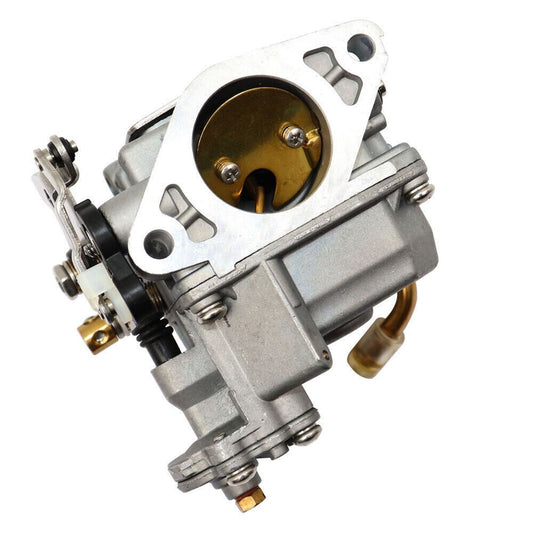
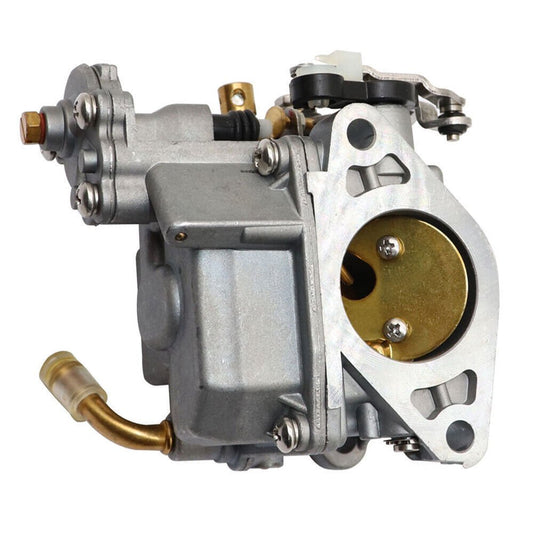
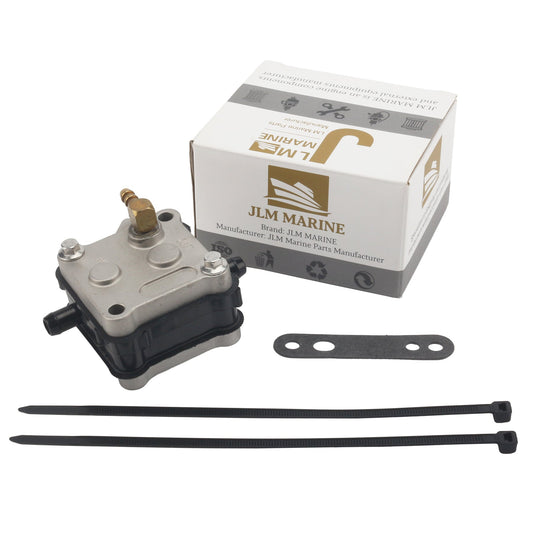
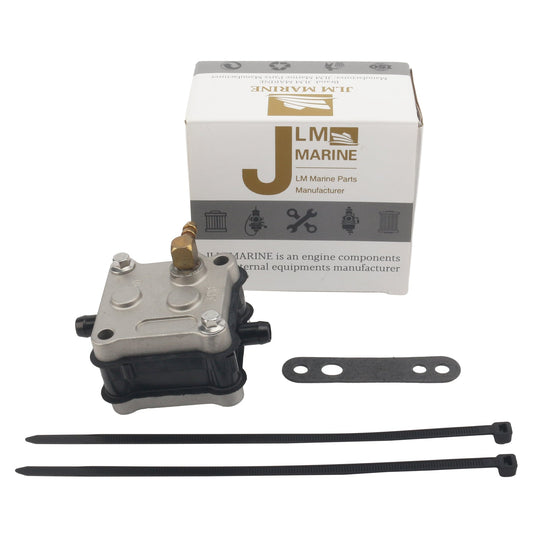
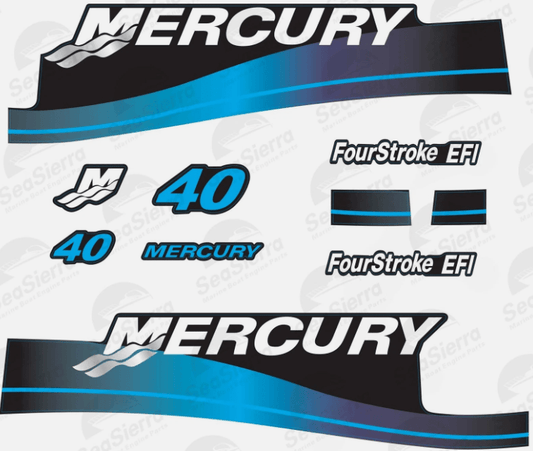
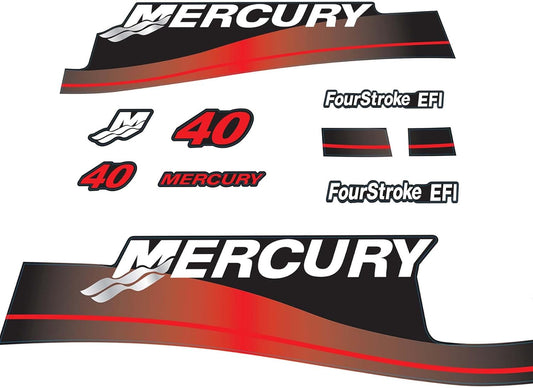
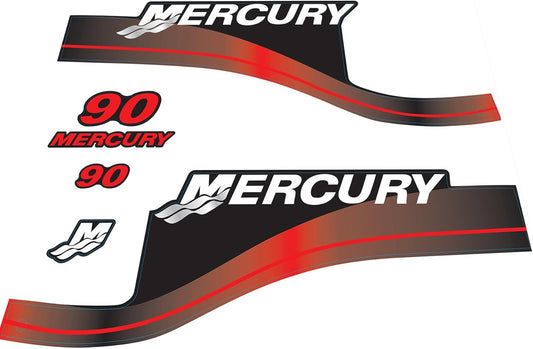
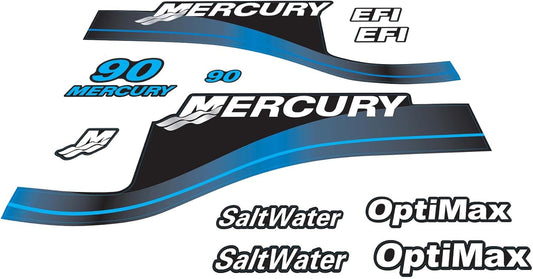
Leave a comment
Please note, comments need to be approved before they are published.